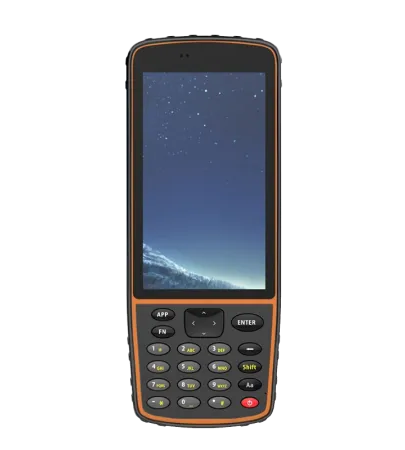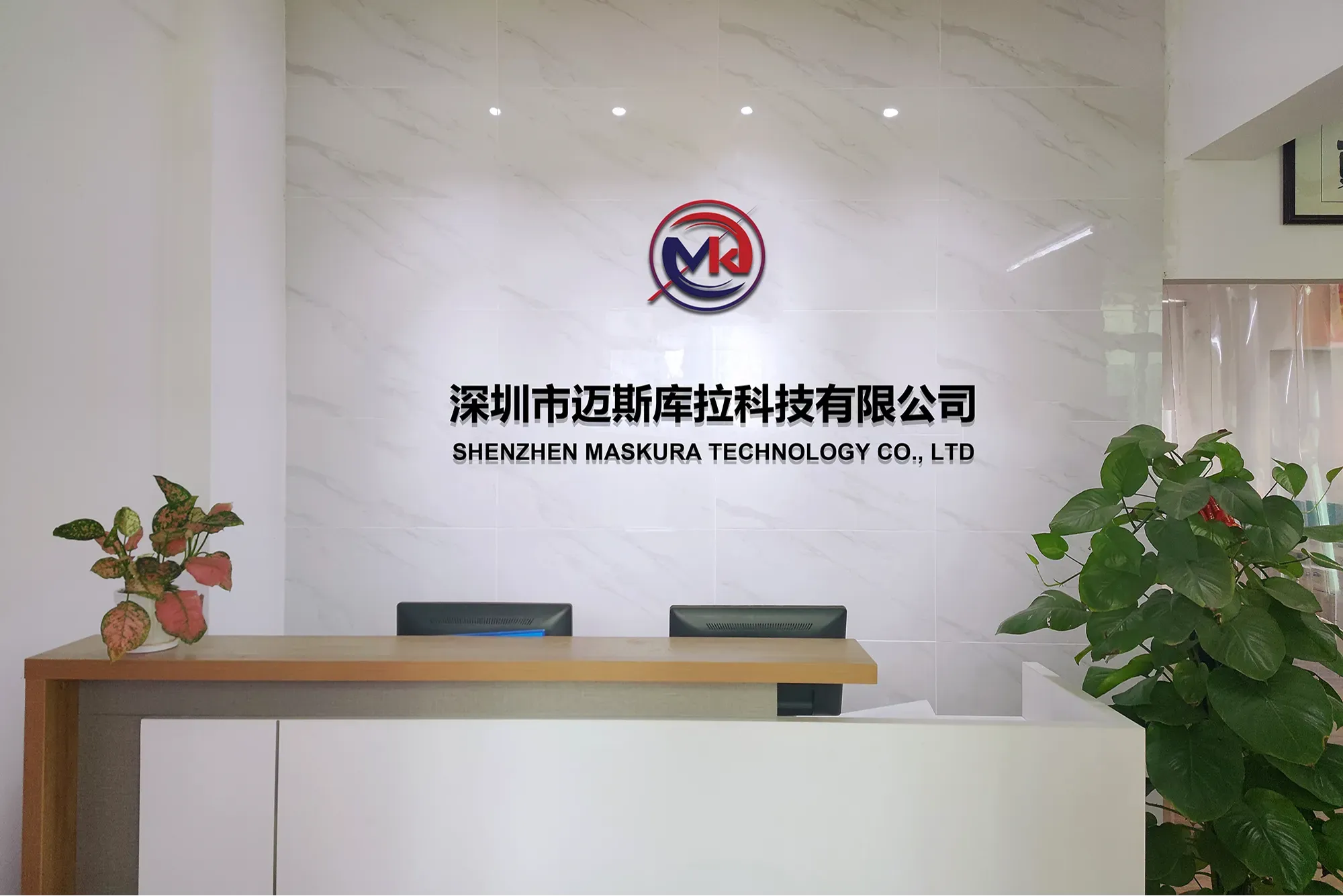Innovative Technology Solutions
Delivering cutting-edge technological advancements for diverse industries.

Introduction
In geospatial and agricultural applications, accuracy and dependability are very vital. The new RTK Antenna by Maskura Tech is an innovative solution aimed at achieving the highest accuracy levels as well as performance standards. This antenna offers excellent results due to its advanced technology, strong design and construction making it most preferred by professionals in positioning and navigation.
Superior Accuracy and Reliability
Owing to the latest technology, our RTK Antenna guarantees Real-Time Kinematic (RTK) position with an exceptional level of precision that goes down to centimeters. This makes it a must-have for such applications as land surveying, construction, and precision farming. The higher level of precision enables more effective operations, fewer mistakes and significant cost savings.
Robust and Durable Design
Being designed with durability in mind, the Maskura Tech’s RTK Antenna will be of great use even under severe weather conditions. It is specifically made for difficult conditions like urban environments or remote agricultural fields; therefore it can perform well in them. With the high quality materials used during its production process it is one antenna that can withstand any kind of harsh climate conditions.
Easy Integration and Versatility
The RTK Antenna has been developed to integrate seamlessly with different types of RTK systems as well as receivers. It is versatile enough to be utilized across a range of uses such as drone navigation, automated machinery control or geographic information systems (GIS). Such adaptability ensures we deliver antennas that cater for customers from various industries.
Optimized for Performance
Filtering technology employed in this case helps minimize interference while enhancing signal quality with Maskura Tech’s RTK Antenna. By doing so, this optimization assures reliability under difficult situations characterized by multiple sources signals. As a consequence, the antenna performs better than others when receiving signals leading to faster positioning which is more accurate thus making it invaluable for any high-precision dependant operation.
Conclusion
The RTK Antenna of Maskura Tech testifies their dedication to innovation as well as quality. It is a top choice for professionals looking for reliable RTK solutions because it offers superior accuracy, durability and various options for integration. Get more information about how our RTK antenna can improve your operations and give you exceptional results by visiting our website at Maskura Tech.
Explore the Future of Precision Positioning with Maskura Tech
For more details on this, visit our official web page where you will find further information, technical specifications and purchase options are available. Find out how Maskura Tech is leading the way in developing advanced positioning solutions that improve efficiency and accuracy in your line of work.

In contemporary GPS systems, RTK antennas are very important as they provide unmatched precision necessary for different uses like construction site monitoring, urban planning or even precision farming. When choosing an RTK antenna one should consider aspects such as signal stability, design of the antenna itself and its compatibility with GNSS systems among others.

RTK antennas used in accurate GPS systems can correct positions in real-time more than normal GPS solutions by this way greatly improving accuracy. For example, land surveying needs it for giving exact locations while constructing roads and self-driving cars also depend on this technology to know where they are at all times.

RTK antennas are able to reach accuracy levels as low as centimeters by the use of signal processing methods and accommodating multiple constellations. They work well in difficult operational environments due to their capability of neutralizing atmospheric and surrounding disturbances which cause problems during operation.
Frequency band compatibility, signal-to-noise ratio and antenna gain are some of the things that should be looked into while choosing an RTK antenna. This will make sure that it works well with current GNSS infrastructure thus maximizing operational efficiency.

Shenzhen Maskura Technology, a renowned manufacturer of Hi-tech GNSS surveying equipment, has been at the forefront of innovation since its establishment in 2011. Specializing in a diverse range of products including RTK receivers, antennas, sophisticated software, land levelers, and autopilot systems, the company offers dependable and high-quality solutions to customers across the globe. With a focus on precision and accuracy, Maskura Technology's surveying equipment is trusted by professionals in various industries, ensuring accurate measurements and seamless operations. The company's commitment to excellence and continuous innovation has made it a leading choice for those seeking advanced surveying solutions.
Delivering cutting-edge technological advancements for diverse industries.
Ensuring superior product quality with rigorous testing and precision engineering.
Providing tailored solutions and excellent support to meet unique client needs.
Committed to meeting client needs with tailored solutions and exceptional support.

26
JulDual Antenna for RTK: Enhancing Precision in Navigation and Surveying
Dual antenna systems for Real-Time Kinematic (RTK) applications have revolutionized the fields of navigation and surveying by significantly enhancing positioning accuracy. Utilizing two antennas instead of one, these systems offer a variety of benefits, including improved heading accuracy, better signal reception, and enhanced reliability in challenging environments.
Increased Heading Accuracy A major advantage of dual antenna systems is their ability to provide highly accurate heading information. By measuring the phase difference between signals received by two antennas, the system can calculate the precise orientation of the device. This is particularly beneficial for applications requiring exact directional data, such as autonomous vehicle navigation, precision agriculture, and marine navigation.
Enhanced Signal Reception In environments with obstructions, such as urban canyons or dense forests, signal multipath effects can degrade the accuracy of single antenna systems. Dual antenna configurations mitigate these effects by cross-referencing signals from different angles, reducing errors and improving overall positioning accuracy. This ensures reliable performance even in the most challenging conditions.
Improved Reliability Dual antenna RTK systems offer greater redundancy and reliability. If one antenna experiences signal blockage or interference, the second antenna can often maintain the necessary satellite connections, ensuring continuous and accurate positioning. This redundancy is crucial for applications where consistent performance is critical, such as in construction surveying or drone operations.
Conclusion Dual antenna systems for RTK provide significant advancements in positioning accuracy, heading determination, and reliability. By leveraging the strengths of two antennas, these systems address many limitations of traditional single antenna setups, making them an essential tool for professionals in navigation, surveying, and various other fields requiring high-precision location data.
Mounting the GPS antenna on a Matrice 210 RTK is a straightforward process, but it's essential to follow specific guidelines to ensure optimal performance and accuracy. Here are the steps and considerations:
By following these steps and considerations, you can ensure that the GPS antenna on your Matrice 210 RTK is mounted correctly, providing accurate and reliable positioning data for your drone operations.
No, you cannot get DGPS (Differential GPS) from just one RTK (Real-Time Kinematic) antenna and receiver. DGPS typically requires corrections from a base station or network of stations to improve GPS accuracy by eliminating common errors such as atmospheric distortions and satellite orbit deviations. RTK, on the other hand, provides centimeter-level positioning accuracy by comparing phase measurements between a rover (mobile unit) and a base station. While RTK enhances GPS accuracy significantly for precise positioning, DGPS complements it by further refining position data using correction signals from external sources. Therefore, to achieve DGPS, you would need access to differential corrections from a separate source or network, not solely from a single RTK antenna and receiver setup.
